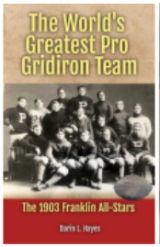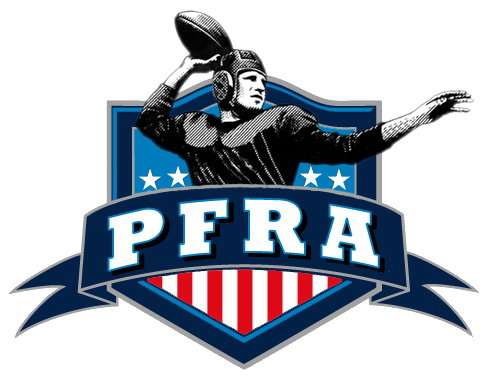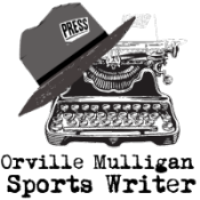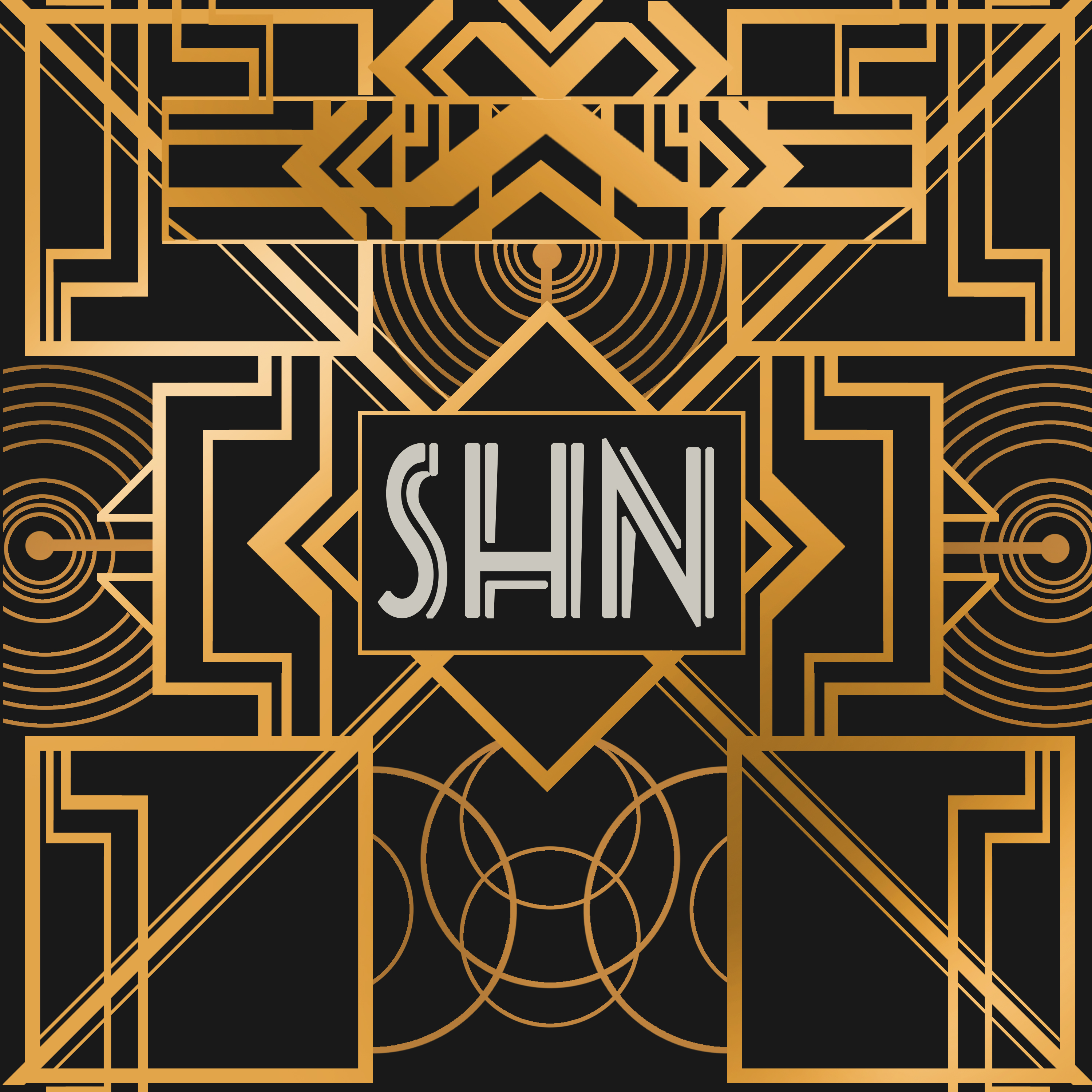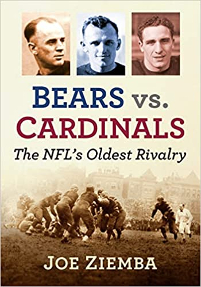Today's college football players charge down the field adorned in futuristic helmets, marvels of modern engineering designed to absorb impact and mitigate injuries. But rewind the clock a century, and you'd find players taking the field with little more than glorified leather skullcaps. This series delves into the fascinating evolution of college football helmets and head gear, a journey that mirrors not just the changing safety standards of the sport, but also its cultural and technological advancements.
Join us we embark on the individual hard shell histories of individual schools and how the design has progressed for each over the ages.


